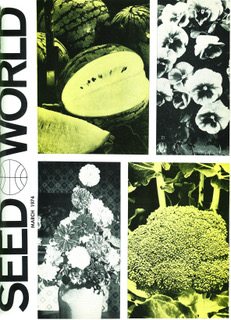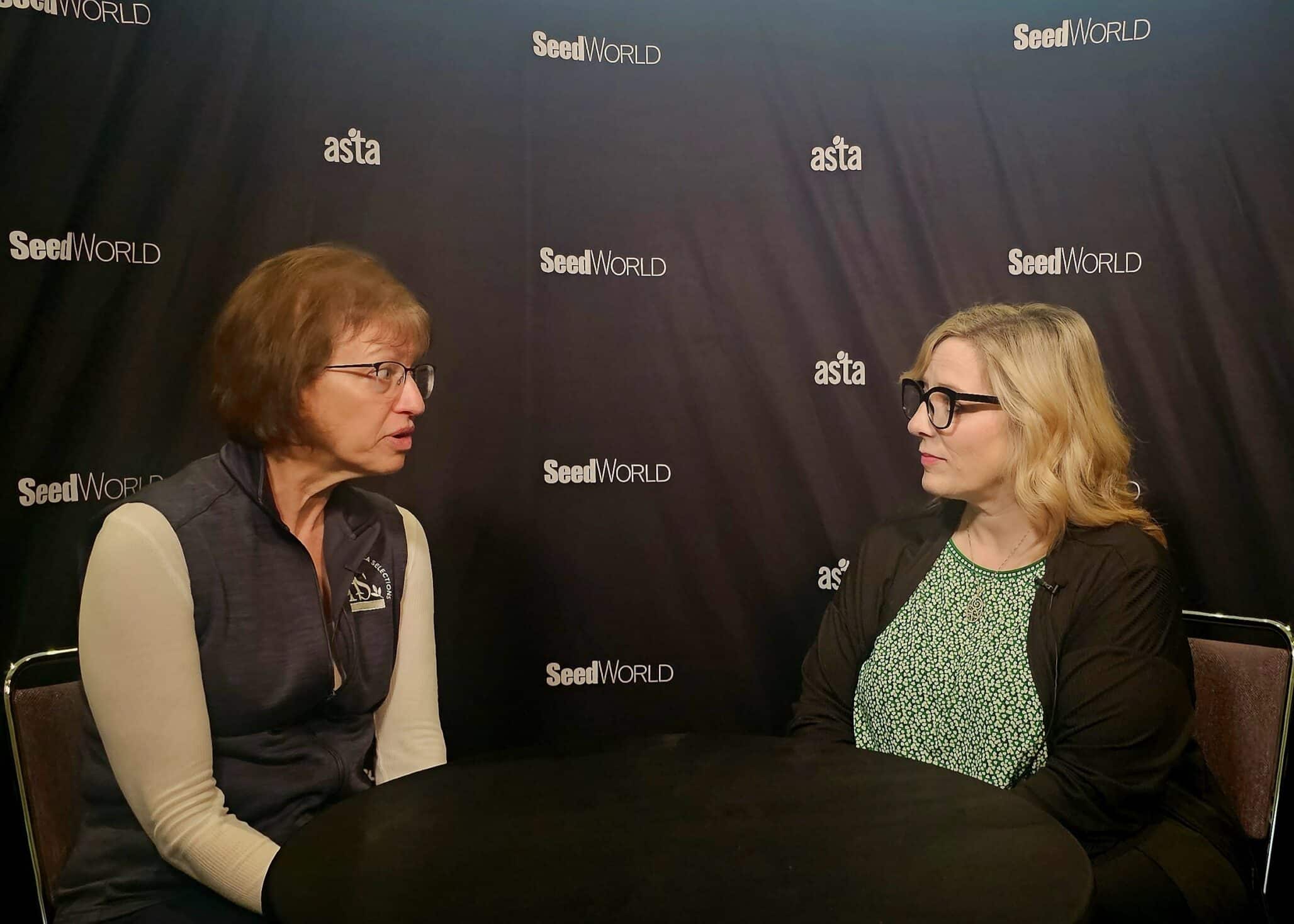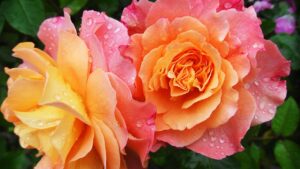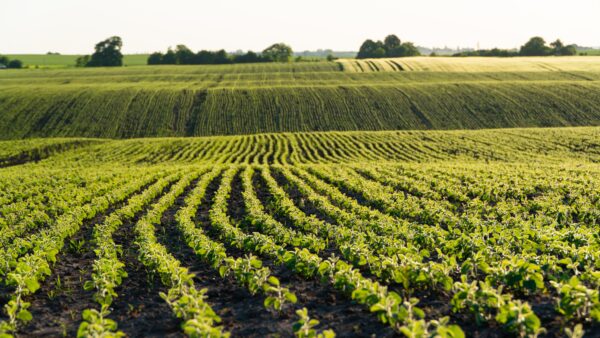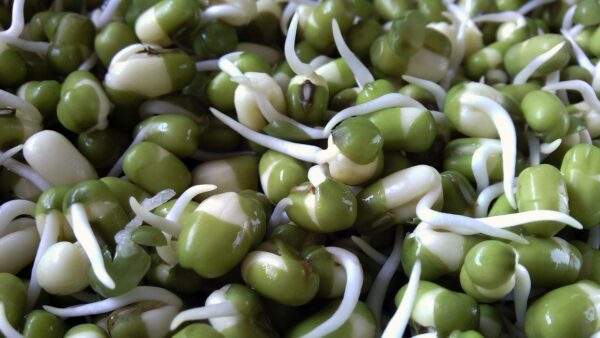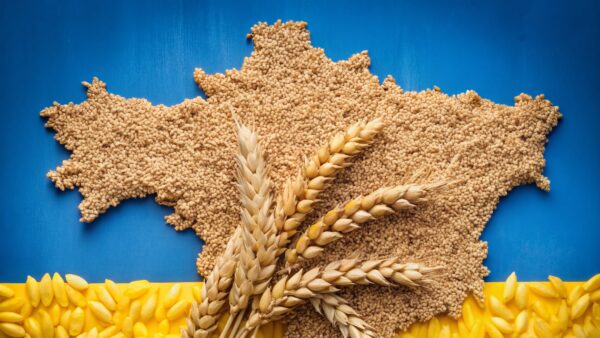TIMELINE
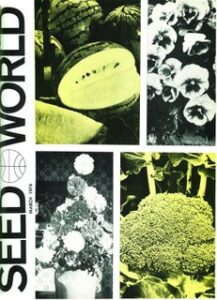
1943: Research to create fruit essences began; led to development of concentrated frozen apple and grape juices.
1955: Roma tomato released; still main variety used for tomato paste.
1974: Climax rabbiteye blueberry released; second most widely planted rabbiteye cultivar.
1982: First genetically engineered crop plant developed (tomato).
A Moment in Time
The cover of our March 1974 issue shows that year’s All-America Selections winners. That year, five of the six AAS winners came from outside the United States. Clockwise from top left: the Yellow Baby Watermelon from China was a cross between an American female parent and a Chinese male parent. The Imperial Blue Pansy succeeded where many other pansies failed owing to its remarkable head and humidity tolerance, giving it a long blooming period. Premium Crop Broccoli grew larger heads with tighter, more compact bud clusters to create a more solid head. The Redskin Dahlia was a beautiful flower with bronze foliage and had good weather tolerance and disease resistance, and continued to bloom from mid-summer to fall.
Facts and Figures from this 1974 Issue:
200 is the number of glass and plastic greenhouses at Japan’s Takii & Company, whose broccoli breeding station was the largest in Japan at the time.
1.3 million pounds is the amount of field seeds imported into Canada in November 1973, up from 1.1 million pounds the same month a year prior.
100 acres is the size of an experimental soybean farm in Chile, where the communist government of President Salvador Allende fell in an historic coup d’état in 1973. Officials at the soybean farm said it would take time to get production going again after being under communist rule for three years, but they were optimistic.
306.6 bushels per acre was the new world corn yield record set by Michigan grower Orville Montri — the first reported breaking of the 300 bu/a barrier in corn by a commercial farmer.
Excerpts from this Issue
Spotlight on AAS Winners
We look forward each year to the announcement of the All-America Selection winners. These winners are the new flowers and vegetables which breeders have often spent years developing, testing and re-testing to make sure they are different from and better in some respect than what’s already on the market.
We have said several times in past years that because of the publicity, which the All-America Selection winners receive, they might well be called “the seed industry’s public relations agent”. Only the seed catalogs have anywhere near the publicity and the appeal to the people of this country who are interested in gardening that the AAS winners have. And since winners are what people like to have, members of the seed industry and other lines of business that sell seed benefit by playing up year after year the new varieties that were announced as AAS winners.
Since AAS is doing such a splendid job in publicizing the winners in flowers and vegetables each year, it’s not surprising that many people think of the seed industry as being made up of the comparatively few companies who have AAS winners or whose catalogues they receive calling attention to the firm’s own flowers and vegetables of which they are proud. And although seed catalogues are increasingly carrying information on new seed varieties, the care the growers have used in selecting the seed, and in growing and harvesting the seed crops, neither they nor the publicity which the AAS winners receive have succeeded in giving the public full information upon the scope of seed industry operations nor on the care that enters into the growing of vegetables and flowers.
Otherwise, why do so many farmers still plant their own or their neighbors’ crop-grown seed, sometimes with only superficial cleaning, or any cleaning at all, and sometimes without having it tested for germination or weed content? And both those who plant the untested seed and the dealers who are bypassed because people haven’t been sold on the idea that good seed purchased from reliable seedsmen will in the long run are the losers — the farmers and home gardeners by not getting the production they would have had they sown good seed, and members of the seed industry by losing the profit they might have made had the farmers and home gardeners been sold on using seed tested for varietal purity and bought the seed from them.
Breaking Down International Trade Barriers: The North American Viewpoint
By George Burlingham, E.F. Burlingham & Sons
The United States is facing new trade problems which, up until the last two or three years, were not given much consideration — namely, large deficits in trade.
For many years the U.S. was the strongest trading nation in the world, and we were a leader in liberalizing trade restrictions and expanding world commerce. Suddenly things are entirely different. U.S. trade deficits make headlines; labor unions charge that millions of Americans are losing their jobs due to the large amount of imports; and Congress has a new series of bills that would restrict trade and create very strong quotas. We have entered into government regulations on many agricultural commodities that restrict certain agricultural products.
International trade is one of the oldest and most enduring political problems. The terms of the battle have changed surprisingly little over the centuries. The central question has always remained pretty much the same — should governments protect domestic agriculture and products from foreign competition, or encourage relatively free flow of trade by not imposing special trade barriers?
Probably one of the things we need to do to improve our position is eliminate non-tariff trade barriers. We have been hampered in our export efforts by the restrictive policies and non-tariff barriers of other trading nations, particularly government procurement policies in the agricultural programs in the European Economic Community. North American seedsmen are very concerned about the ag policy of the EEC. They have introduced forage crop subsidies, which we know has not helped matters when it comes to making trade easier.
We have seen on the North American continent that that if you shift forage seed production grown in one area to a second area, great inefficiencies in farming develop. We do not achieve the end results of higher quality production by shifting areas for higher prices. In fact, we put farmers into production who have no knowledge of the product, which results in poor quality seed. On the other hand, by supporting the areas where farmers have know-how and by expanding their acreage, the forage seed industry can maintain world seed production with superior quality seed.
Seed is the most basic part of agriculture. It is itself one of the best tools for reducing trade barriers. In North America, we have the land and know-how available to increase our capabilities. In other parts of the world, land is too expensive and could be used for other things. To subsidize the use of this land inefficiently seems not in the best interests of the world’s needs today.


